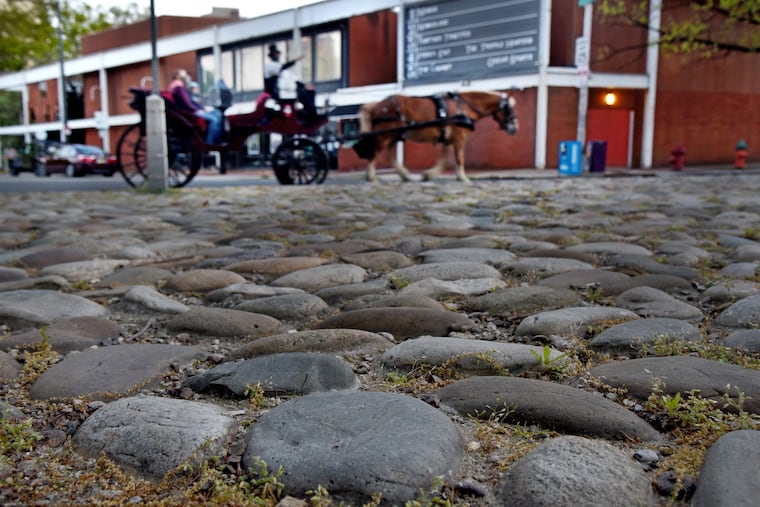Is it time to ditch Philly’s iconic cobblestones? | Pro/Con
Two Philadelphians go head-to-head to battle over one of Philly's most iconic — or is it iconically annoying? — local features: cobblestoned streets.

Two Philadelphians go head-to-head to battle over one of Philly's most iconic — or is it iconically annoying? — local features: cobblestoned streets.
